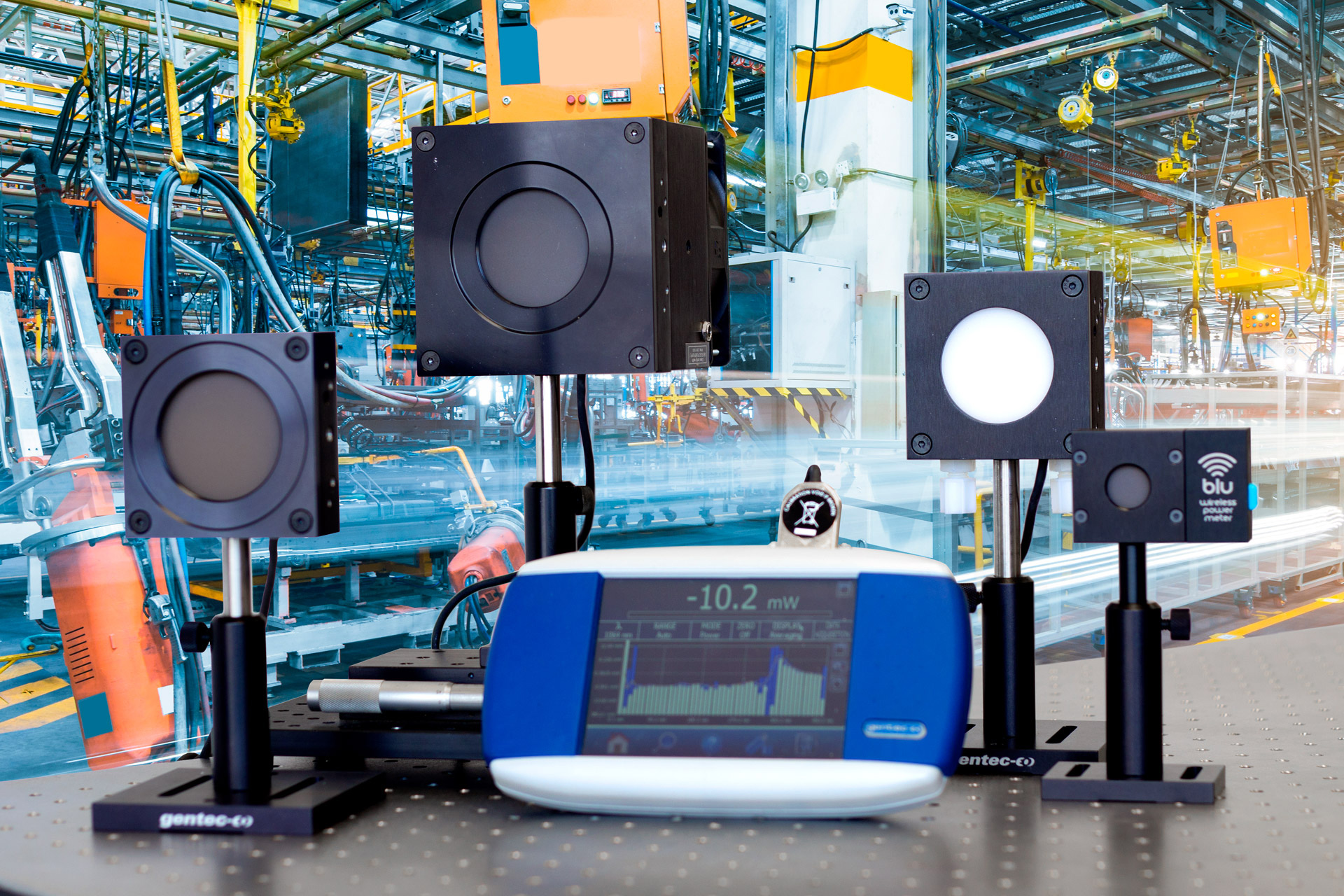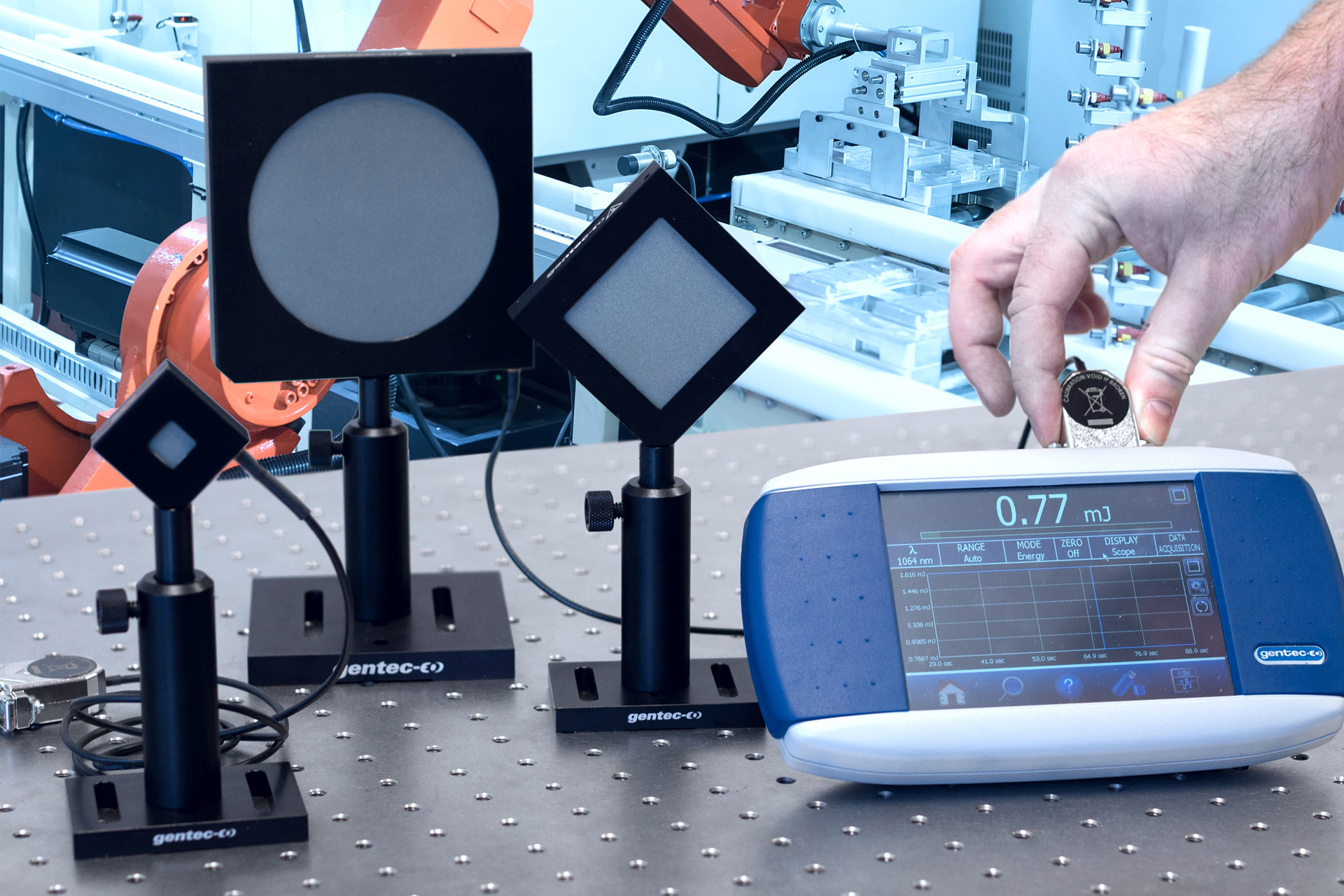Laser Frequency calculator
Calculate your laser frequency and repetition rate from your average power and energy per pulse.
How does the laser frequency and repetition rate calculator works?
Understanding how repetition rate, average power, energy per pulse, and pulse width are linked to one another is pretty intuitive and straightforward. When it comes to pulsed lasers, instead of having a continuous flow of energy, photons are delivered to a target in short pulses separated by rest periods. You simply take the number of pulses you get throughout a second and multiply that by the energy contained in each pulse to get the average power. The relation goes both ways, meaning as long as you know 2 of those three parameters, the third one can be calculated.
And then, there’s pulse width. As its name suggests, pulsed width is the actual duration of each pulse. Typically, a pulse duration is really short in comparison to the rest period in between pulses. If you consider longer pulses though, you will find that for a given repetition rate, there’s a limit as to how long a pulses can be before two pulses begin to overlap. That limit is inversely proportional to the repetition rate and is what we list as the Maximum pulse width in the calculator.
Click to
enlarge

Formulas and limitations
The obvious limitation here is that we consider that every mentioned parameter is constant and does not fluctuate over time. In real conditions, they all vary over time, and some lasers more than others. Keep in mind that you will also encounter a large variety of tunable lasers for which the max energy per pulse combined with the max repetition rate is not an available setting. Naturally, the calculator doesn’t consider missing pulses either.
Right-click
to copy
Right-click
to copy







